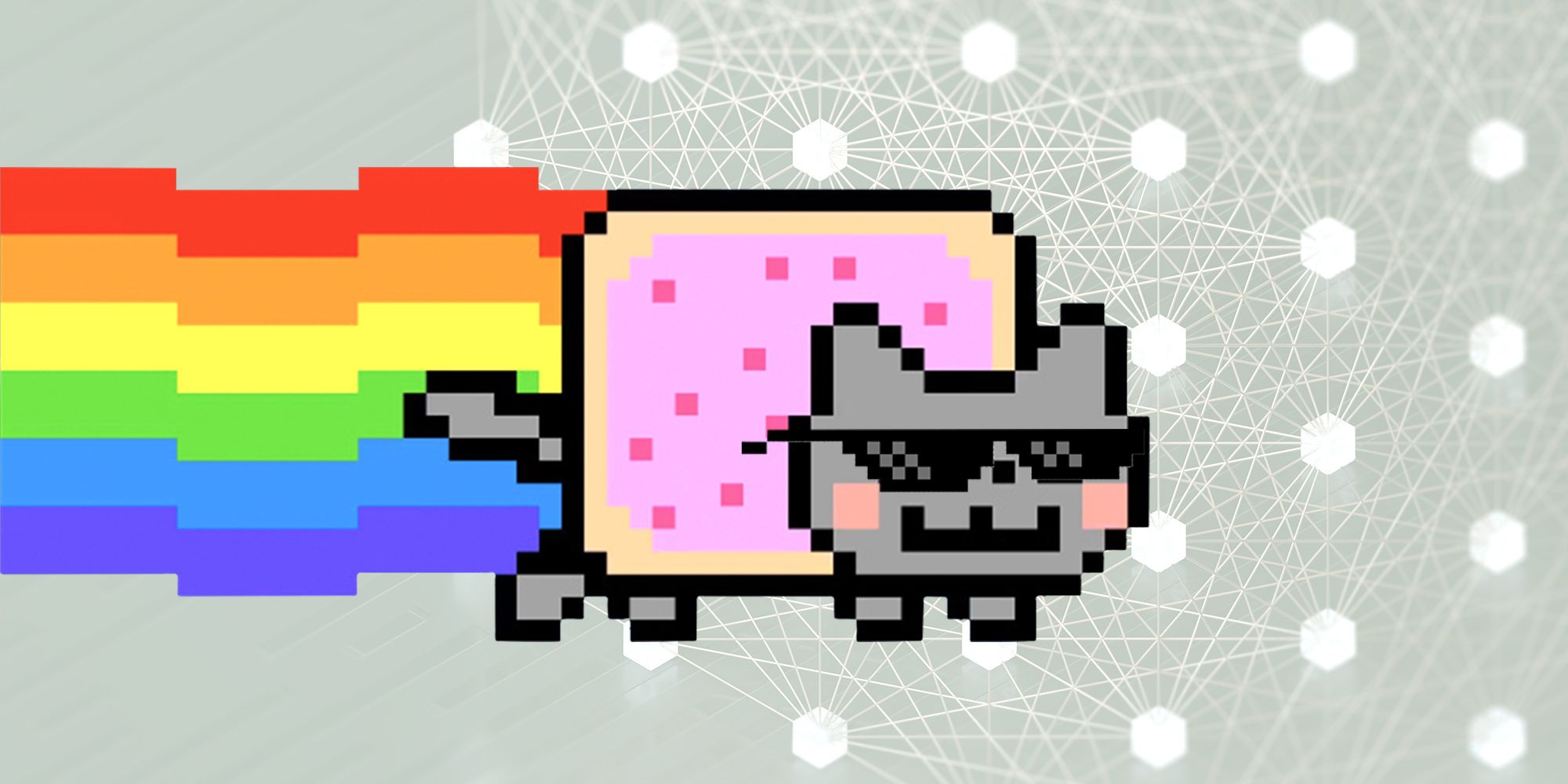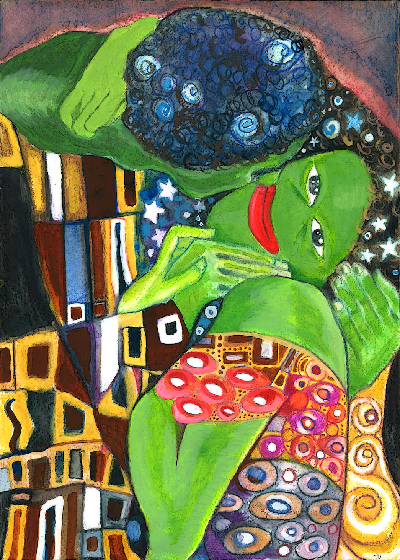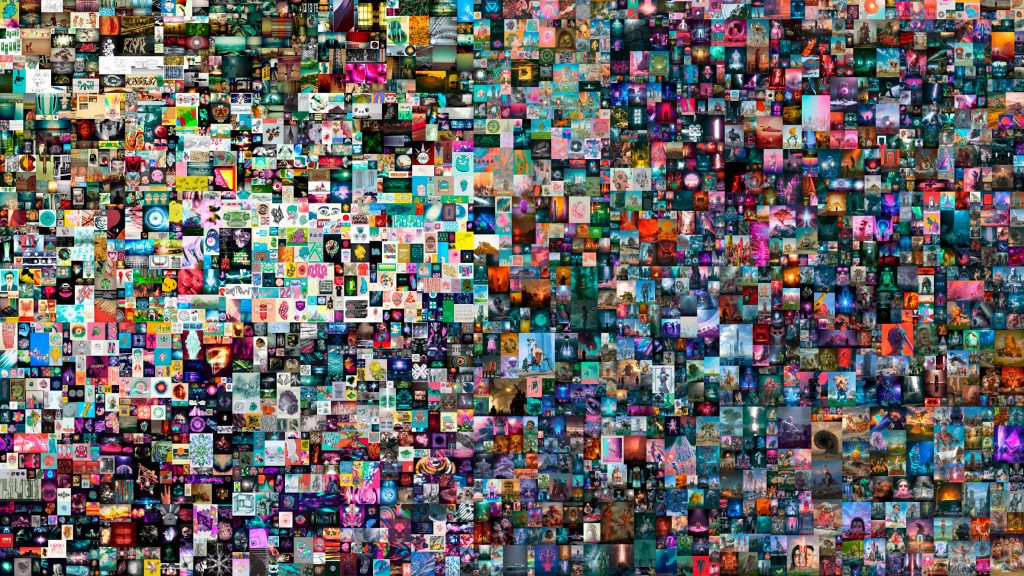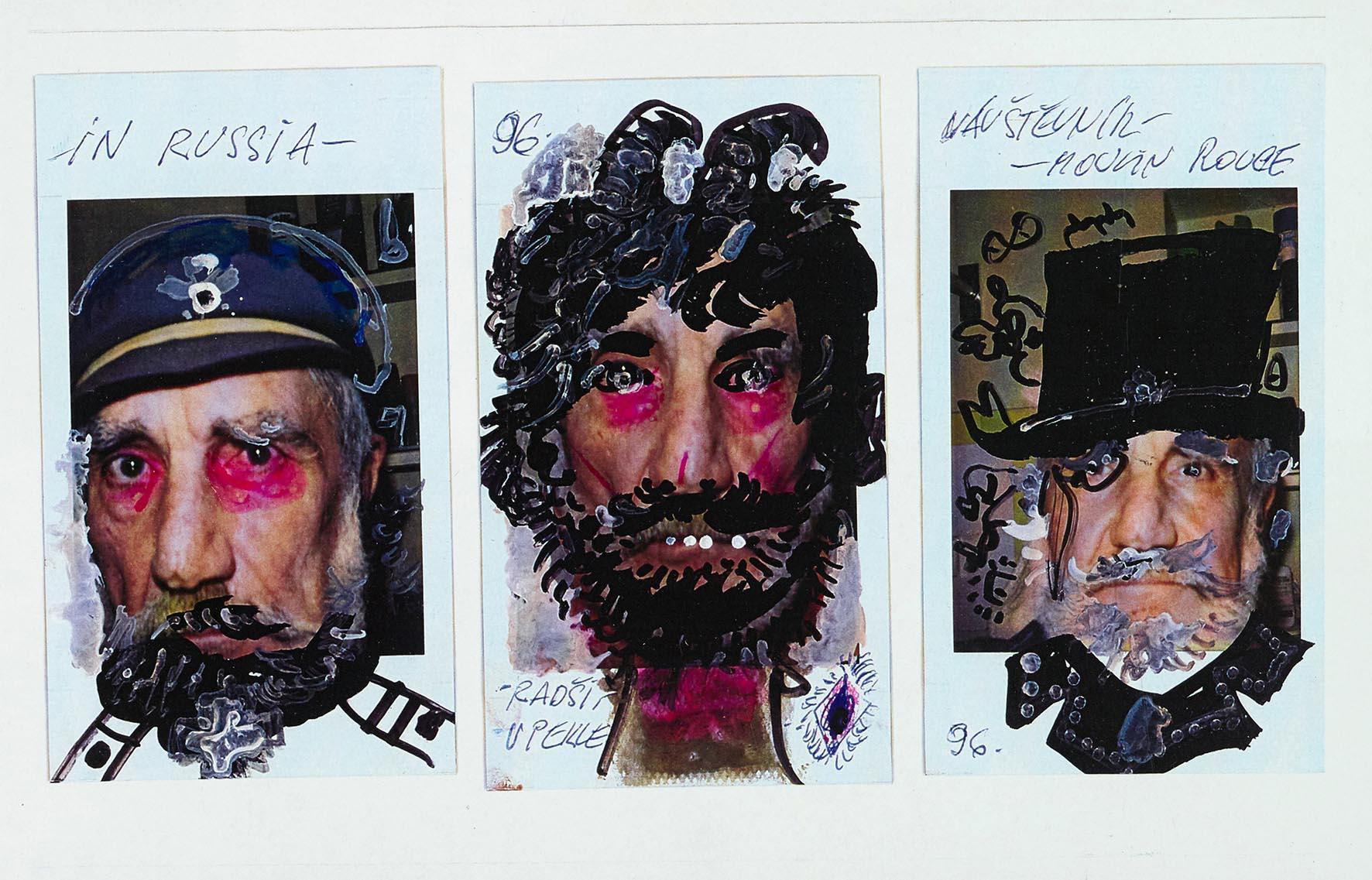Everything You Need to Know About NFTs
Non-fungible tokens. A new way of owning art, digitally. But what are NFTs? And why are they
becoming so popular? Keep reading, because we’re about to cover everything you need to
know to understand what an NFT is and how digital art has found its way into it.
What is an NFT (Non-fungible Token)?
Let’s start with some basic economics. A fungible asset simply means anything that can be interchanged. Let’s say you want to split a $100 bill. You can either break it into 2 $50 bills or 5 $20 bills, the value will be the same. A non-fungible simply means that this “break” is impossible. It’s basically something irreplaceable, and yes you guessed it right, ART is irreplaceable. Just like the Mona Lisa, there can only be one.
So how does this correlate with cryptocurrency and the digital world? NFTs are a one-of-a-kind digital asset. They are part of the Ethereum blockchain. They are tokens just like any cryptocurrency, but the difference is that they store extra information. This feature allows the token to hold files such as pictures, videos or music files. Basically, an NFT could be a one-of-a-kind graphic, song, picture or video. It can even be a meme!
How do NFTs work?
Don’t think that just because they are digital pieces of art, you can just click and save an image and call it a day. Owning a copy of an NFT won’t make you a millionaire. NFTs are much more complex than the image of the Mona Lisa you can find on google images. But just like any piece of art, NFTs can be used, bought, sold, copied and even destroyed!
Traditional art and digital art have much more in common than you might think. They are both one-of-a-kind assets (tangible and intangible) that can’t be replaced. Now, that doesn’t mean it can’t be duplicated, just like traditional art can also be. But what makes it retain its value? Just like with traditional art, a signature! There must be a certificate of authenticity. These certificates cannot be forged and the data within the token cannot be accessed. The information of who owns what is stored on a shared ledger known as the blockchain.

How did everything start?
As you have probably seen in the past months, NFTs have hit a record sale of $69.3 million. And that has captivated the attention of millions and millions of people. It’s the new thing everyone is talking about! But let’s go back a little bit. Our story begins in 2012, where the idea of NFTs emerged. NFTs didn’t start specifically as NFTs, their predecessor was what people called “Coloured Coins”. Coloured Coins are digital tokens that represent assets on the blockchain and that can be used to prove ownership of those assets. For example, real estate, bonds, shares or even precious metals. Coloured Coins were the new technology that pivoted owning tangible assets into what we have today.
Trading cards:
In 2016, something phenomenal happened. Counterparty, a platform to create, buy and sell digital assets teamed up with a popular trading card game and launched their digital cards. From Pokemon to baseball cards. With the virtualization of memes and the ability of the platform to create digital pieces of art to sell. Memes entered the blockchain. Quickly, people started to add memes to the platform and thus Rare Pepes were born.
So how did we go from creating memes for fun to buying memes for millions of dollars?

The NFT explosion
It was not until 2018 that the NFT started gaining public awareness, and by early 2021 the NFT market exploded! Doesn’t seem like much when you compare it with traditional art and it’s hundreds and hundreds of years of history. But let’s remember, nothing close to what we’ve seen in the past 5 years has been developed before. So the fact that NFTs became such a mainstream billion dollar market is impressive!

What about the artists?
Artists, content creators and creative people can step into the NFT space and add another format to create and shape art. Artists can offer their new art to the public with a range of ways to buy their art and make money in the process. From complex art pieces to memes and GIFs, creators can make money while exploring this new type of art. Early this year Rainbow Cat (Nyan Cat), an old but gold GIF from early 2011, was sold for $690,000! Artists from all backgrounds and ages can expose their art to a large community and showcase their potential in this new digital world. A 12-year-old coder is the latest example of this. He is set to earn over $400,000 selling his NFTs.
Are NTFs here to stay?
Many have speculated about the real worth of the NFT market. Calling it a bubble, magic and non-sense. But the reality is that NFTs are here to stay. Yes, the market could be a bubble as it has happened to other mainstream technologies. But the reality is that this new digital art gives creators a new way to showcase their art to large audiences. NFTs have endless opportunities of growth, with collaborations, programmability, royalties and direct connections between artists and collectors NFT are here to stay.
NFTs and Traditional Art
As the NFT market grows, the question of digitizing traditional art has arised. While it’s still confusing how traditional art can be transferred as an NFT. The best way to do it for now is to use an NFT as a digital certificate of authority. There are many other ideas that could and will be used in the near future. So don’t be surprised if you ever see a Milos Reindl painting on Palbric’s NFT account. Perhaps this could be the next NFT to go for $40,000+ and help the Palbric Foundation achieve its goal of celebrating diversity, encouraging and facilitating integration.




